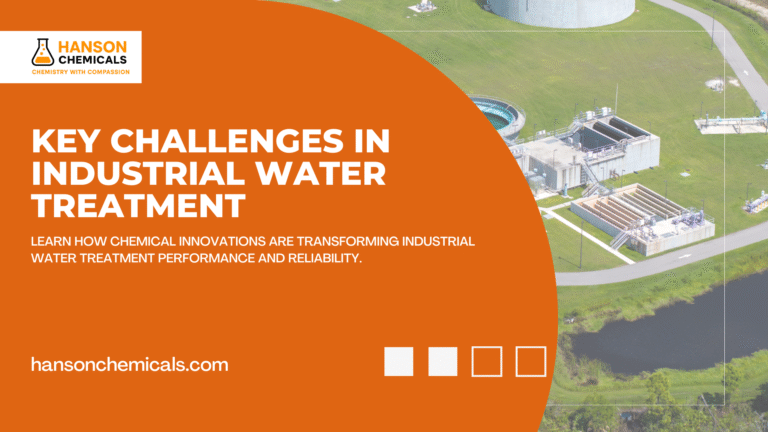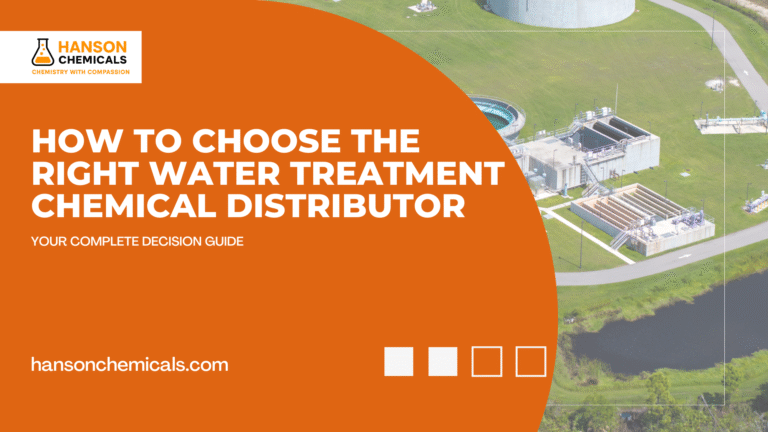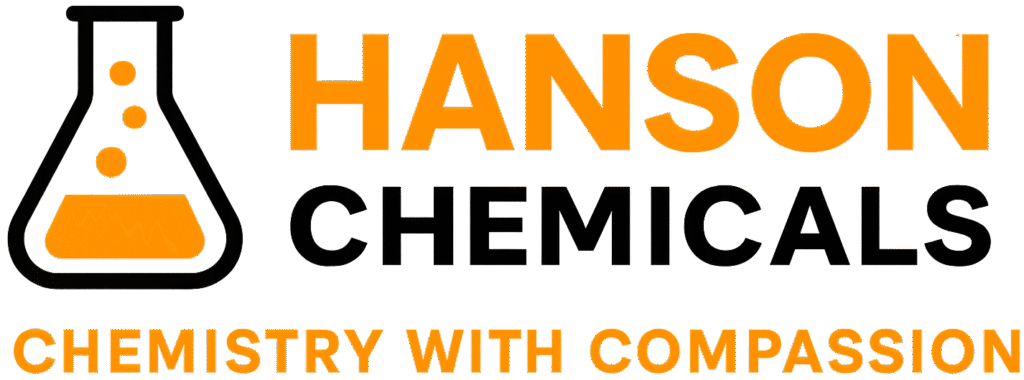Hanson Chemicals
2
Published PostsJun 2025
Member SinceArticles by Hanson Chemicals

Key Challenges in Industrial Water Treatment & How Chemicals Solve Them
Industrial water treatment is vital for maintaining operational efficiency, equipment longevity, and environmental compliance. Every manufacturing facility, from…
October 8, 2025

How to Choose the Right Water Treatment Chemical Distributor: Your Complete Decision Guide
Water treatment operations need reliable chemical suppliers. These suppliers must understand your specific needs and deliver consistent quality.…
September 27, 2025
